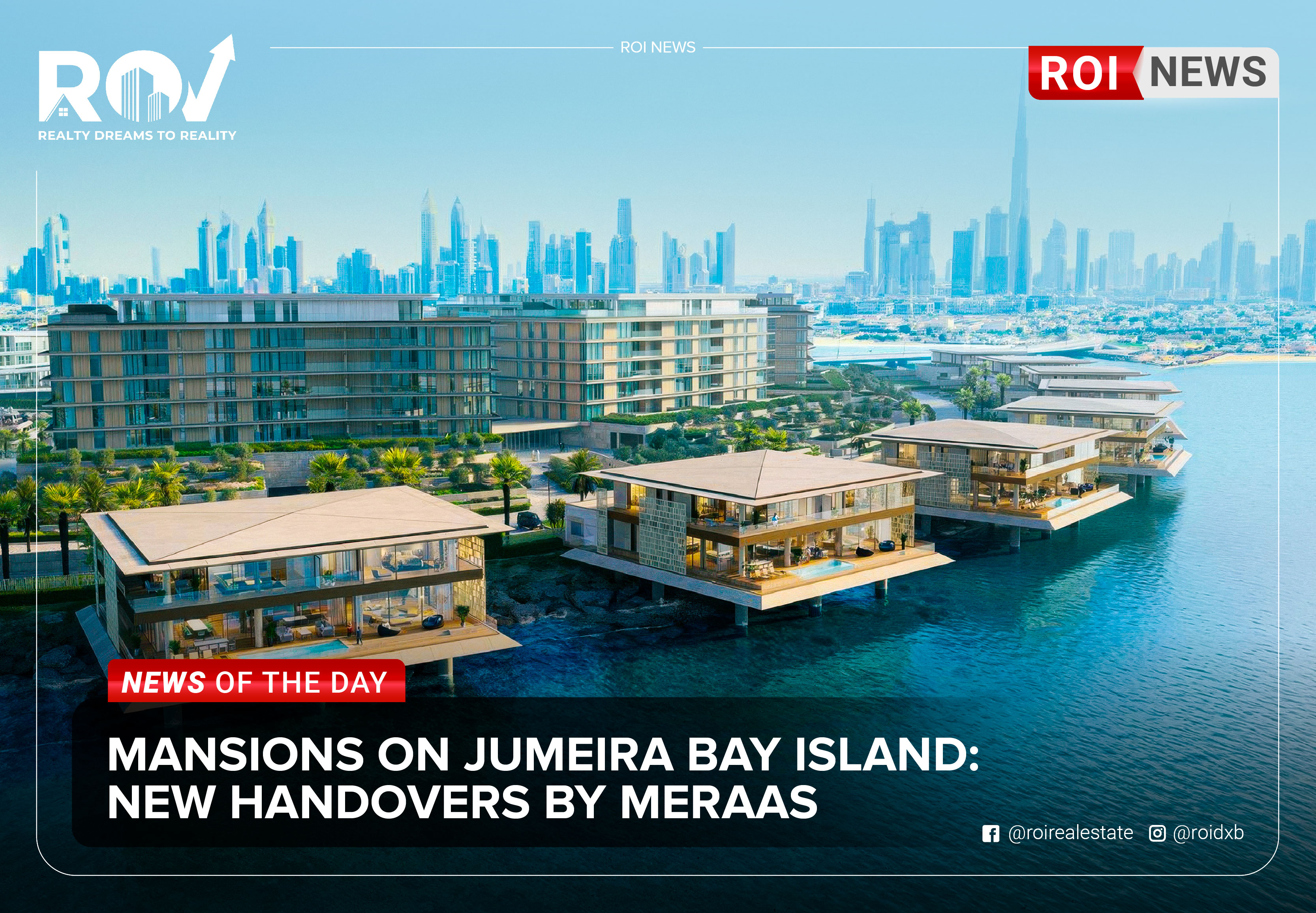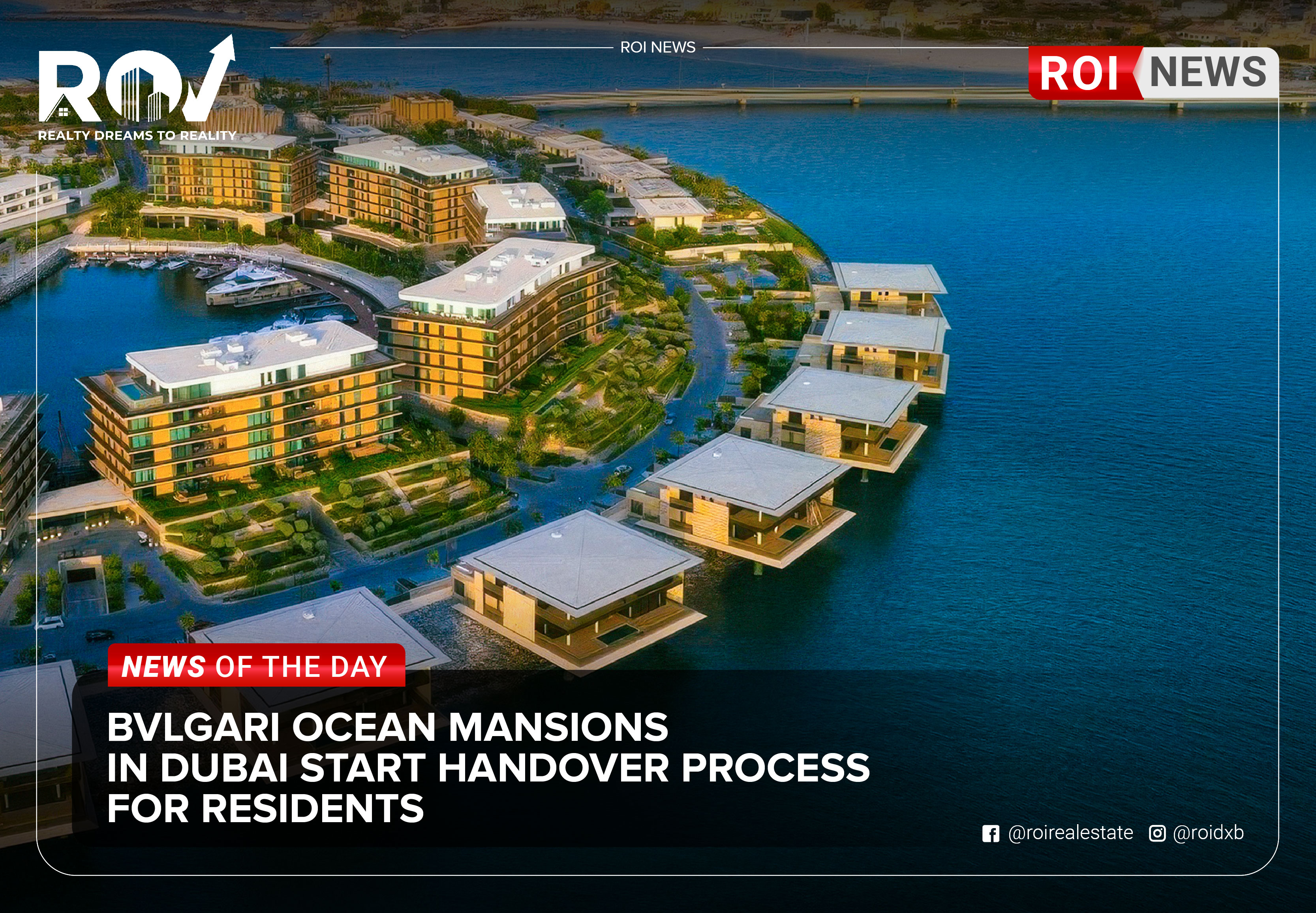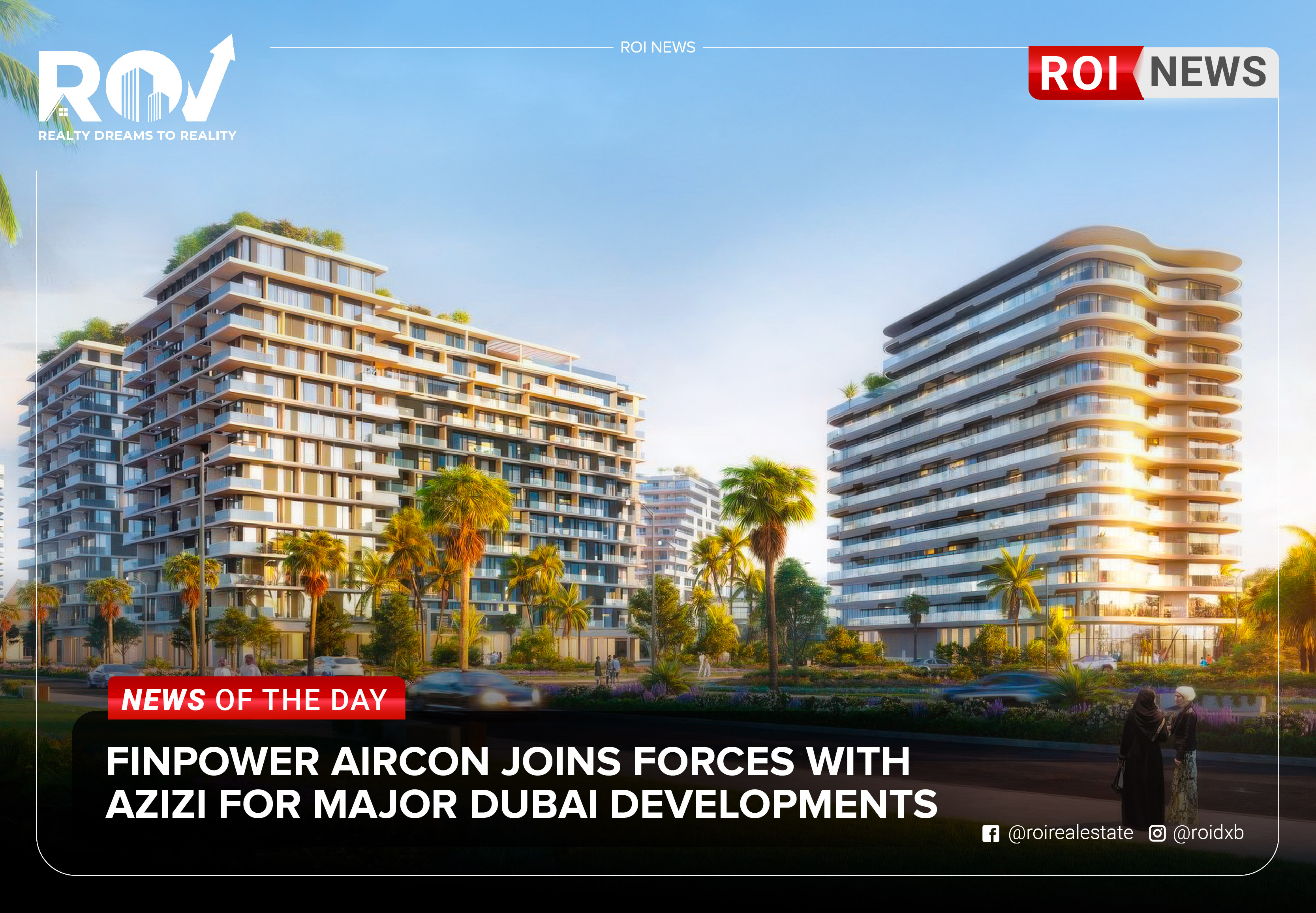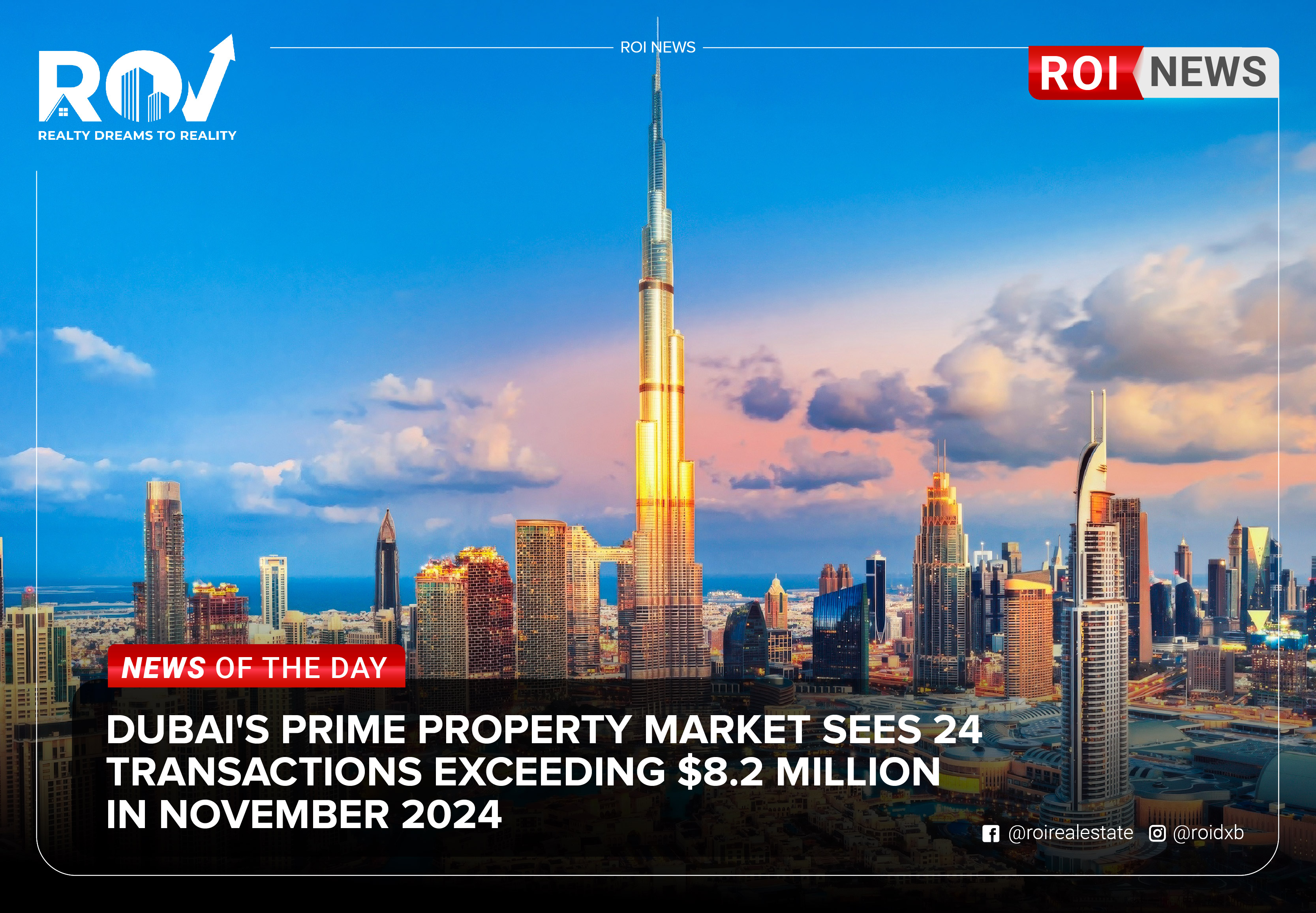
Dubai Real Estate Market Witnesses 11th Consecutive Quarter of Price Increases.
New data reveals that residential property prices in Dubai have continued their upward trajectory for the eleventh consecutive quarter, marking a 5% increase. Over the past year, Dubai South has witnessed a remarkable 73% surge in flat prices.
According to real estate consultancy Knight Frank, the average residential property prices experienced a 5% uptick in Q3 2023, reflecting a 30% surge since Q1 2020 and an annual growth rate of 19%. Despite this, prices remain 7% below the peak observed in 2014.
Faisal Durrani, Partner and Head of Research for MENA, noted that 51% of transactions in the first nine months of 2023 occurred in the secondary market, suggesting a substantial presence of end-users. In contrast, Dubai's primary markets contributed only 4.8% to the total transaction value.
In the first nine months of the year, ready homes achieved sales of AED 104.9 billion, while off-plan market sales reached AED 100 billion ($27.2 billion).
During Q3 2023, apartment prices in Dubai rose by 5.1%, surpassing AED 1,300 per square foot—a 26% increase since Q1 2020, though still 10% below the peak in 2014. Over the same period, the average price of a Dubai villa increased by 4.5% to AED 1,580 per square foot, representing a 57% rise since Q1 2020.
The Dubai South neighborhood experienced a notable 73% increase in apartment prices over the last 12 months, while Jumeirah Lakes Towers saw a 67% rise, and Umm Suqeim Third experienced a 37% increase.
Dubai South villas witnessed the most significant quarterly price surge, rising by 33% in Q3.
Palm Jumeirah remains the most expensive apartment submarket, with prices reaching AED 3,390 per square foot—122% higher than Q1 2020 levels.
Cash transactions dominated the market, accounting for approximately 80% of transactions in Q2 2023, providing a buffer against rising borrowing costs and contributing to record sales in 2023. However, the report suggests a potential shift towards refinancing in the future.
The city's population is expected to reach 7.8 million by 2040, necessitating a significant increase in residential development, particularly in prime markets where only 368 homes are currently under construction. Excluding branded residences, 77,874 homes are due for delivery by 2028, a figure significantly lower than historical building rates.
The report acknowledges potential risks, including a global economic slowdown, regional tensions, and the associated impacts on the local economy. These factors could lead to higher oil prices, fueling global inflation and higher interest rates, potentially dampening demand.








Comments (0)